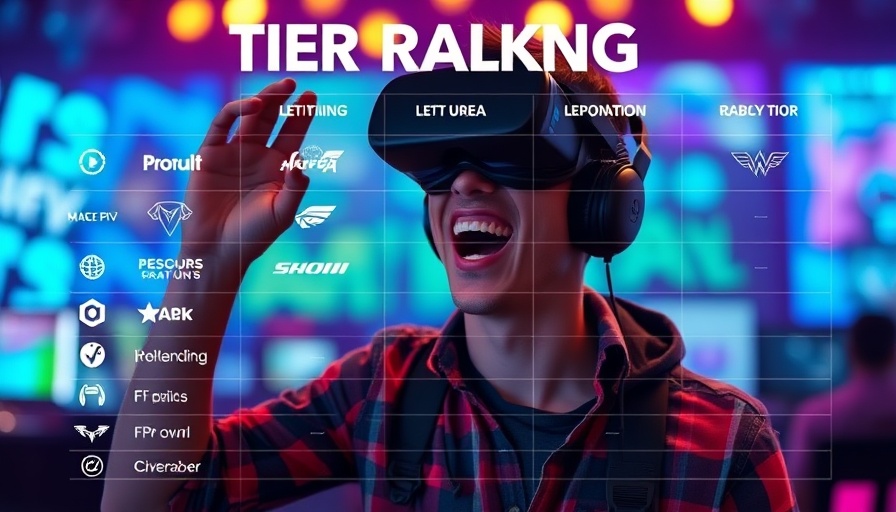
Understanding FPV: The Basics to Get You Started
First Person View (FPV) technology revolutionizes how drone enthusiasts engage with their craft. At its core, FPV allows users to experience the flight from the perspective of the drone itself, presenting unparalleled excitement and immersion. To get started in FPV, you'll need three essential components: a drone, a set of FPV goggles for viewing, and a radio transmitter for control. These elements form the foundation of your experience, ensuring that you get the most out of this incredibly engaging hobby.
In HANDS DOWN!! BEST FPV GEAR of 2025, the discussion dives into the financial aspects of diving into FPV, exploring key insights that sparked deeper analysis on our end.
Cost Breakdown: What to Expect When Diving Into FPV
The inevitable question arises: just how much does it cost to begin your journey into FPV? It ranges widely—anywhere from a modest $200 entry to premium experiences that can approach $3,000. The entry-level kits often provide a great balance between cost and quality, allowing beginners to enjoy the hobby without breaking the bank. For instance, complete all-in-one kits like the Dra Knight or EMAC Nanohawk not only offer essential equipment but do so in a way that ensures long-term usability.
Hidden Costs to Consider When Starting FPV
While the allure of FPV leads many to dive into this thrilling hobby, it’s essential to note the often-overlooked hidden costs that accompany initial purchases. Additional expenditures include chargers for batteries, spare parts for inevitable repairs, and tools that facilitate building and maintaining your equipment. Each of these items can add upwards of $200 to your initial budget, so newcomers must prepare their wallets accordingly.
Optimal Kits: What to Choose for Value and Performance
Who wouldn’t want the best value for their investment? Among the recommended gear is the Radio Master Pocket, running around $65, which is remarkably well-reviewed. For goggles, options like the DJI Goggles N3 and Walk Snail Avatar Goggles provide excellent quality and range, with prices hovering around $199 to $230. Your choice may depend on availability, particularly in the USA, where tariffs can complicate selections.
Going Premium: Is It Worth the Investment?
For the tech enthusiasts looking to maximize their FPV experience, investing in high-end gear often makes a significant difference in performance and enjoyment. Premium radios, such as the GX12 and advanced FPV goggles like the DJI Goggles 3, can cost anywhere from $600 to $1,000. Nevertheless, it is crucial to remember that while premium equipment enhances experience, it doesn't necessarily guarantee enjoyment. Even mid-range systems can offer fantastic experiences, meaning fellow hobbyists’ company often trumps spending more.
Final Thoughts: Join the Thrilling World of FPV
FPV flying is a community-centered hobby that not only connects individuals through a shared passion for innovation and technology but also fosters camaraderie among enthusiasts. As you embark on your FPV adventure, consider using resources like DIY FPV to enhance your knowledge and connect with fellow pilots. Being part of a community will enrich your experience, allowing you to navigate the complexities of this thrilling hobby effectively.
 Add Row
Add Row  Add
Add 


Write A Comment